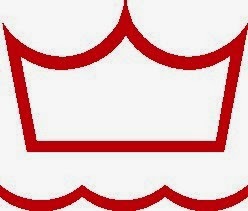Despite my plans of starting a name sign for the horse, I quickly changed direction to make a useful object for the ship's workshop.
A little more than a year ago, we purchased a lapping plate for the engine workshop of the ship. So far it has been sitting under the lathe, covered with grease and wrapped in plastic. But we have been trying to rearrange the workshop a bit to make it easier to clean, and we then decided that it looked like crap having a plastic foil wrapped lapping plate standing in an disorderly fashion.
The 2nd engineer asked if I could perhaps make some sort of wooden lid for it. I decided it was a worthwhile project and started it.
The sensible thing would have been to take a couple of boards and a piece of plywood, or even more sensible, make some boards out of plywood and screw the cover together with a plywood top.
But being sensible is not one of my virtues, so I decided for a dovetailed cover with 3 inset floating panels made out of solid wood.
At first I had considered 4 floating panels but I decided that it was maybe overstepping the line.
I found a piece of wood and started by ripping it to my desired width. Next was re-sawing of 24". That would be enough for the sides of the cover.
The boards were planed plat and I also planed a groove for the floating panels.
I crosscut the boards to the desired length and laid out the dovetails by eyeballing.
Dovetailing was a walk in the park given that I have brought some E.A. Berg chisels with me to replace the Crown chisels that I was fed up with.
Next I made two intermediate stiles for the lid, and planed some grooves in those as well.
3 thin panels were re-sawed and flattened afterwards. I made a broad chamfer again eyeballing the progress. Part of the challenge was to see if I could build something with out going too fuzzy over details.
Finally I made a dry assembly and called it a day.
Today I glued up the cover and after the glue had dried, I cleaned up the corners and the edges with the plane.
I can honestly say that it is the first dovetailed lapping plate cover I have seen so far in my career at sea. And I actually think it looks OK.
The wood used (surfaced 1.5 x 4" spruce).
Grooved sides before cutting to length.
Re-sawing stock for the floating panels.
The lapping plate (8x12")
The finished cover.













